 |
| Jinx/Powder from the adult animation Arcane by Pxfuel |
What is a Backstory?
The backstory in creative work is more than meets the eye. It is a background or history made to support or explain a character, land or kingdom so that the plot will make sense. As far as Fantasy novels go, there are abundant examples as the often complex storylines and generation-spanning scope can take some explaining. Just think of Anne McCaffrey's Pern and the dragons who fight thread, how Harry Potter was orphaned and why the Shire is in danger... every major aspect of a story has a history, informing the characters' actions, thoughts, ideologies and decisions. The question becomes not so much about what backstory is but about how much of it to utilize.
Why Have a Backstory?
The backstory can get a bad rap, mainly from its potential to bog the story down with too much tell and not enough show. The paradox is, too much backstory can feel like a yawn-inducing biography; but not enough and the character's actions or plot make no sense. It's a fine balance that goes deeper than 'she is like this because'....
Take Powder, later known as Jinx in the Sci-Fi Fantasy series Arcane. If we weren't shown how her childhood shaped her, how her miscalculation backfired, she wouldn't be easy to love. As it is, the heart pinches at her tragic story, her loss and her need. Her insanity...
 |
| Ash, wordsmith and recorder in Crown of Bones. |
Writing a Backstory that Works
The goal of the backstory is to bring characters to life, making them more relatable, even if they are unlikable. In the case of Ash, her backstory unfolds through all three books, offering readers a chance to understand the intricacies of the plot in ways that aren't an obvious info dump. Again, too much backstory tells the story, giving the plot away. Not enough robs readers of a deeper connection to the characters, and the story as a whole.
I explore a few different ways to reveal the backstory in my current Amassia series: through the use of prologs where the reader can watch earlier events unfold in real-time. Through conversations with others, or inner diolog with oneself as in this example of Ash after her interview with Master Brogal.
... “That’s all I found, Master, but about my role in the Sanctuary—”
“I have a class to teach. Bring me the delegate report as soon as possible. That will be all.” He’s out the door in three strides, and I’m left staring at an empty desk.
My eyes start to well and I exhale sharply, putting a stop to that. The chair scrapes the floor as I rise, shouldering my satchel. “I had a good trip to Tangeen, Master, save for the crossing,” I say to nobody. “No chance of me becoming a seafaring scribe anytime soon. How have you been?” But it’s a conversation we’ll never have. Master Brogal may be my guardian, but he’s no father. Not a warmhearted one, anyway. I’ve known this about him since I was eight years old, but still I yearn for…something more. It’s foolish—I could kick myself—it’s so foolish. I know better than to wish for what I can’t have...
 |
| Game of Thrones with mega-multiple POV characters |
Edit for Info-Dumps
“Info dumping,” or talking about an interest or passion, usually in detail and at length, is frequent in both ADHD and autism. In ADHD, the impulsivity plus passion equals a “spilling” kind of feeling, and the motor behind it can feel as if it's whirring. - The Washington Post
Given that this form of communication can be natural, it pays to watch closely for it in our writing. When you see it, get out the red pen.
Conclusions
Does anyone have a favorite or memorable backstory to tell? Comments welcome!
xxKim


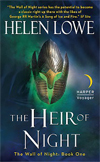
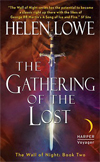
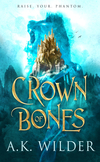
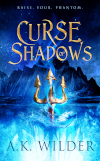
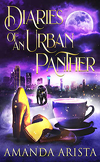
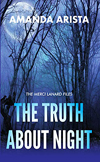

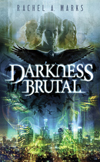
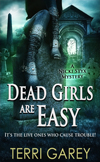
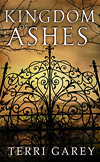
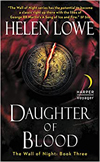
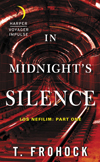

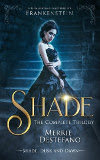

No comments:
Post a Comment